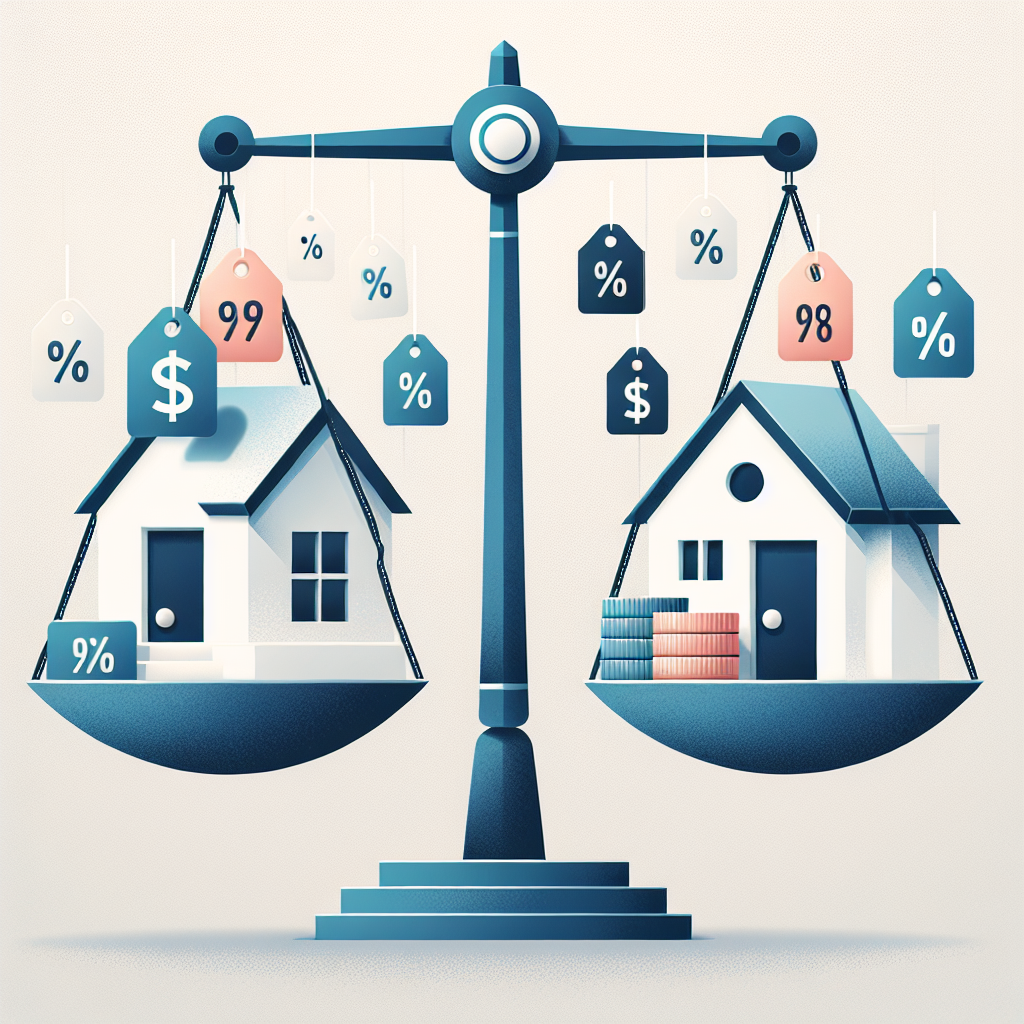The Hidden Costs of Mortgages: How to Compare Beyond the Interest Rate
When it comes to securing a mortgage, many homebuyers often focus primarily on the interest rate—the most visible figure in any financing agreement. While a lower interest rate can significantly affect monthly payments, it is crucial to look beyond just this number. The true cost of a mortgage encompasses a range of hidden fees and factors that, if overlooked, can lead to financial strain over time. Here’s a comprehensive look at the hidden costs of mortgages and how to effectively compare offers.
1. Origination and Closing Costs
One of the most significant hidden costs of a mortgage comes in the form of origination and closing costs. These expenses cover the lender’s administrative fees for processing the loan and can include charges for underwriting, title searches, appraisals, and credit checks. According to a 2023 report from the Consumer Financial Protection Bureau (CFPB), these costs can range from 2-5% of the loan amount.
- Tip: Always ask for a Loan Estimate, a document that outlines these costs. This allows for side-by-side comparisons between different lenders.
2. Private Mortgage Insurance (PMI)
If your down payment is less than 20%, it’s likely you’ll be required to purchase Private Mortgage Insurance (PMI). This insurance protects the lender in case of default and can add hundreds of dollars to your monthly payments. Depending on the size of your loan and the percentage of your down payment, PMI can range from 0.3% to 1.5% of the original loan amount annually.
- Tip: Factor in PMI when comparing mortgage options, and consider whether it’s worth saving for a larger down payment to avoid this additional cost.
3. Homeowners Insurance and Property Taxes
Mortgage lenders often require borrowers to carry homeowners insurance and may roll property tax payments into the monthly mortgage payment, making it seem like only the mortgage payment is affected. However, fluctuations in insurance premiums and property taxes can significantly influence overall costs.
- Tip: Get quotes from insurance providers, and research property tax rates in different areas to better assess these potential costs.
4. Loan Term Length and Amortization Schedule
While many buyers may instinctively aim for the traditional 30-year fixed-rate mortgage, shorter loan terms can lead to higher monthly payments but lower overall interest costs. Similarly, understanding the amortization schedule—how much of your payment goes toward interest versus principal over time—can provide additional insight into long-term costs.
- Tip: Use online mortgage calculators to run different scenarios based on various loan terms to see how they affect total costs.
5. Prepayment Penalties
Some lenders include prepayment penalties in their mortgage contracts, which can penalize borrowers for paying off their loans early. This can be especially burdensome for those who plan to refinance or sell the home within a few years.
- Tip: Always read the fine print of your mortgage agreement to ensure there are no unexpected fees associated with early repayment.
6. Escrow Fees and Other Miscellaneous Expenses
Homebuyers should also consider escrow fees, which are charged for managing real estate transactions, and potential miscellaneous expenses like home inspections, repairs, and moving costs. If your loan requires certain conditions to be met before closing, this can also add unexpected expenses.
- Tip: Prepare for these costs in your budget and ensure they are included in your home buying calculation.
7. Loan Type and Features
Different mortgage types (fixed-rate, adjustable-rate, FHA, VA, etc.) come with varying costs and features, which can also impact the total financial picture. Adjustable-rate mortgages (ARMs), for instance, may start with lower rates but could increase significantly after the initial fixed period.
- Tip: Thoroughly research different loan types and consider how long you plan on staying in the home before making a decision.
Conclusion
When evaluating mortgage options, it’s essential to think beyond just the interest rate. By considering the comprehensive array of hidden costs associated with mortgages, you can make a more informed decision that supports your long-term financial stability. Enlist the help of mortgage professionals who can guide you through the nuances of different loans and help you compare all associated costs effectively. With diligent research and planning, you can avoid surprises and secure a mortgage that meets your needs without unforeseen financial burdens.













